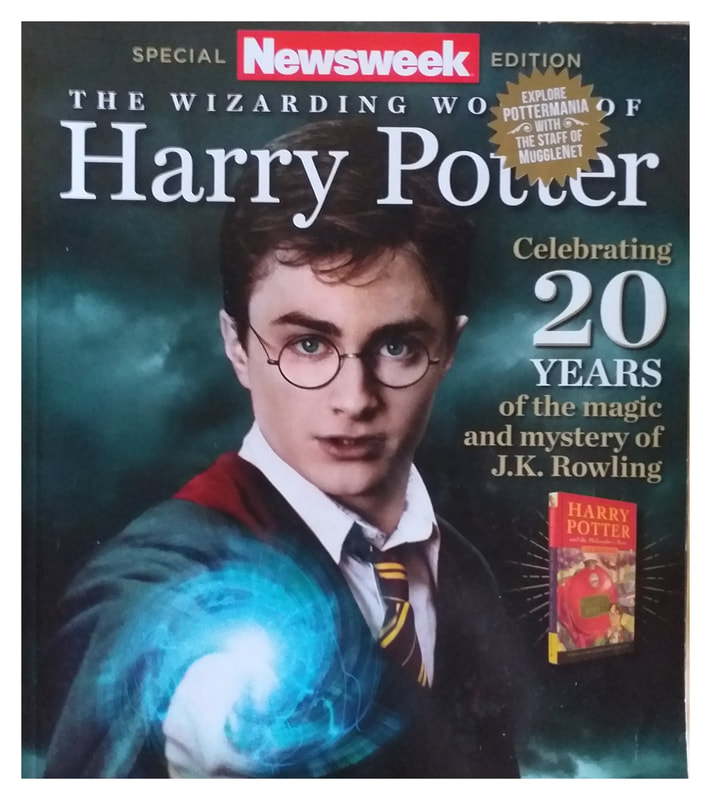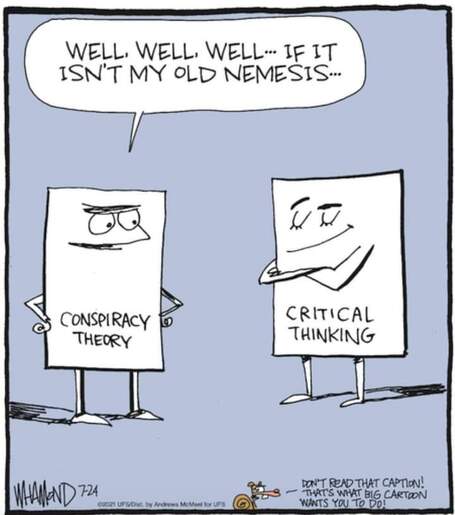|
Gee needed to have things resolved. He was just not sure what those things were. One thing, above all, was that Gee would no longer need to cover up Al’s string of botched suicides. There would be no more efforts to deny there had been a noose in the bathroom when Al slipped and broke his arm, and then a month later to insist how poison was not the reason Al was on life support for these last ten days. Suicide is so implicating, imputing shame and suspicion. In and out of a coma, Al gave Gee time to inform his Facebook friends how hopeful and prayerful he was, and how a little money would come in handy with these mounting medical expenses.
Al had graciously endured long enough for “respiratory arrest” to appear on his death certificate. Gee was relieved by this, since it would not stand in the way of the life insurance he had taken out on him as “suicide” would have done. For a few days Gee had fretted about the events of the past and wanted it to all be behind him. Al had gotten what he wanted. They both had, hadn’t they, escaped to freedom? The funeral was designed to gloss over Algernon’s flaws as everybody knew them. Funerals do that. The priests had chanted away demons and enticed whatever angels could be called upon. An obscure comfort drifted around the departing mourners leaving the cemetery, having done their duty. Gee turned his back on the smoking crematorium as if he were eluding a conflict. Old Algernon, after all, was the dead one of the two of them, even if he was not the only one being consumed by the events that were culminating in the transformative inferno. A fleck of soot settled on Gee’s shoulder.
0 Comments
As Thailand gets wrapped in the euphoria of its popular holiday, Loy Kratong, the Thai Constitutional Supreme court hit us with a couple of vicious punches.
The first was a decision a few days ago that effectively elevated any public discussion of Thai royalty reform to the level of a criminal attempt to destroy the country. The second decision, handed down Thursday, declared that article 1448 of the current constitution is valid when it limits marriage to one male and one female. This delegitimizes any other forms of marriage and refuses to recognize sexual and gender diverse relationships. That brings to an end the efforts of LGBTIQA+ and human-rights groups to have article 1448 declared inconsistent with other articles which affirm equal rights to “everyone.” “We are staggered but not knocked out,” was the reaction of activists and the alert part of the younger generation (below the age of 40, when they can begin to be taken seriously). It means that the Constitutional Supreme Court still steadfastly defends the elite and the status quo the royalist-military has set up. So, with regard to marriage equality, efforts now turn to getting article 1448 changed. It’s not far-fetched. Key people in the government have promised to do that. It will depend on getting them back working on it and recruiting advocates who can neutralize enough of the opposition. It’s doable. Just remove the words “between a man and a woman.” It was always the strongest option. Meanwhile, Loy Kratong is upon us. Fire crackers and hot air balloons take all our attention even if big parades and mass events have been cancelled by COVID. Earth is our Father and rivers are our Mother. It turns out that most religions agree to some such concepts. The language may differ but the meaning is transferable. It happens that this Friday Thai people will pay homage to the Mother of Waters in the year’s biggest celebration, Loy Kratong. People will flock to rivers and estuaries to float mini-offerings in appreciation for the life-support that Mother/Rivers (and streams) provide. It is the season to remember our relationship with nature.
We live, as one Islamic spokesman reminded us, dependent on earth, as we are composed of it, live upon it in utter dependence, and return to it before long. A Hindu spokeswoman filled in the blank that it is trees that are the connecting link between heaven above from whence water comes, and earth below whereupon we exist as on an island. A Buddhist scripture reminded us that trees are shelters for birds, and a source of food for us. The occasion in which we reminded ourselves of this unity we have with nature was an “Interreligious Tree Planting” event conducted November 15 by the Institute of Religion, Culture, and Peace of Payap University, Chiang Mai, Thailand. About 40 participants came to plant two trees: a fruit tree symbolic of the sustenance trees provide, and a shade tree that provides comfort and protection. Short scriptures and comments were made by representatives of Baha’i, Buddhism, Hinduism, Islam, Sikhism, Christianity and members of the university’s student body and faculty. Pictures accompanying this blog are from that event. This is the 20th anniversary of the November 4, 2001 release of the film “Harry Potter and the Philosophers Stone.” That movie launched the fan-avalanche that just kept growing and growing for ten big years and eight blockbuster movies. At the same time, of course, the books were topping bestseller lists and making book history after the launch in 1997.
It looked like the phenomenon was unstoppable, somewhat like the La Palma volcano in the Spanish Canary Islands that just keeps gushing and overwhelming everything in its path. One thing led to another for the Harry Potter franchise: books led to films which led to theme parks and on to “The Cursed Child” in London and on Broadway and then to a prequel movie series (maybe). It made people rich and got a generation of young readers hooked on books. It opened up fantasy children’s literature again, and broke the ice for scores of fantasy/sci-fi books and (if the books were successful enough) movies. The NY Times even had to subdivide its bestseller lists to include children and young adult fiction in a separate category because Harry dominated the lists so much of the decade. As the anniversary parties are winding down there seems to be agreement that the furor is decidedly cooling from the 2011 peak. The list of signs and reasons for this are being talked about. They include: · Nothing after Harry Potter vanquished Voldemort has caught the same level of attention. · Theater productions and theme parks are expensive and attendance is limited, so they are not going to perpetuate the fan-base. · The Fantastic Beasts / Grindelwald movies 1 and 2 were disappointing. · J.K. Rowling’s subsequent writing has “filled in” the time between Harry and now, but fans have either moved on to other interests or stayed resolutely stuck with Harry. We’ve lost hope that Rowling can do it again for us. · A lot of us don’t care if she tries or not because we don’t care for her after her diatribe about Trans-women, and her refusal to admit she cares what damage she’s inflicting. Even if she wrote something better than Hamlet we’d ignore it. So, how’s Harry doing? The books are still selling and the movies are generating viewers as they become available this way and that. Harry is fine. Harry’s a survivor – but we knew that. Will the Harry Potter books become classics? The best definition of a classic book, as Charles Van Doren put it, is “one that stays in print.” On that score, so far – so good. We Live Inside Our Stories
We exist in stories. We are storied. There is not a moment in our life that we do not have a story going in our heads. Stories are how we process what’s going on in our brains. These are exclusively inside each of us; it’s where they exist and nowhere else. We learn to share stories. They are blended and overlap. Some of them are remembered, but others are imagined or are projections. This is how we live together, through agreements about our stories. We are vulnerable in our story-telling and in the way we store our stories. Stories are so much a part of what is going on in our life that we may not realize or believe how inclusive our narrative life is. “For humans, story is like gravity: an inescapable field of force that influences everything…” is how Jonathan Gottschall put it in “Creatures of Story” Psychology Today, posted May 9, 2012. Gottschall lists 10 ways stories saturate our lives: 1. Neverland. Children play at story by instinct. 2. Dreams. Dreams are “an innate form of storytelling.” Dreams are defined as “intense sensorimotor hallucinations with a narrative structure.” 3. Fantasies. Daydreaming is the waking mind’s default state. 4. Religion. Religions are made out of stories. “Sacred fiction has dominated our lives like nothing else.” 5. Song. “The most popular music tells stories about protagonists struggling to get what they want.” 6. Video games. “…may become the 21st Century’s dominant form of storytelling.” 7. TV commercials. 8. Conspiracy theories. 9. Non-Fiction. “…now most long form journalistic efforts strive for suspenseful, character-driven narratives.” 10. Life stories. “A life story is a ‘personal myth’ about who we are deep down – where we come from and how we got this way.” But our memories are constantly being distorted by our hopes and dreams. “…our life stories are always changing, evolving, being edited, rewritten, and embellished by an unreliable narrator.” Stories are pervasive. We are constantly immersed in the unfolding narrative of our living. It is therefore unavoidable that almost all of our stories are fragments, and this is what may deceive us into believing we are not conjuring up images in sequence that are invested with uninvestigated meaning. We think a story must have a beginning, content, and an end. But some of our going-on is interrupted and thoughts are random. Continuity is rare. Pareidolia is “the imagined perception of a pattern or meaning where it does not actually exist.” It is what happens when we see a shape in the clouds or create narratives out of inkblots. Shane Jones says that our brains “crave” a storytelling formula. I am convinced Jones is right when he says, “Storytelling is a community act that involves sharing knowledge and values. It’s one of the most unifying elements of mankind, central to human existence, taking place in every known culture in the world.” [Shane Jones, “The Psychology of Stories: The Storytelling Formula Our Brains Crave”] Although I am sure we never have a thought, prayer, urge, feeling, or plan that is not an element of a story, and I believe that story-telling is our primary human activity, it makes us vulnerable. When we are toddlers carrying on a conversation with our kitty-cat or our imaginary friend (mine was “Mrs. Brown”), the story-making has a different quality than when we are several decades older and projecting emotions and relationships onto our cat. I cringe when I see a social media clip in which a doting mother coos that her dog and her new baby are “brothers”. “Wendy (born yesterday) just loves the blanket Grandma knitted.” Those cringe-worthy stories are innocent enough, and every cute-baby story has a host of people who swear appreciation. But there are limits to our story-sharing beyond which we should not go because they lead to destructive consequences. As a community of human beings, beneficiaries and victims to factors that intrude into our storylines (things like COVID or ice and snow, for example), we not only internalize stories, we externalize them. We vocalize them, which creates a response, which coalesces an ethos that affects the shared story, which leads to action, which would be some form of “fight or flight” if the perceived future is a threat. On the other hand, if the shared story projects a future in which there is no threat, when danger is real, “scoffing and inaction” might be destructive. Critical thinking is the skill that helps us sort story elements into their proper categories. This is where it could be helpful to remember that story-generation and story-telling is what we are doing. This is why I am writing this essay to narrate how I am thinking. Jesus told the rich man to sell everything, give the proceeds to the poor, and become a follower of Jesus. That’s part of a collection of Christian stories, as I trust you all know. Is the story a recalling of a conversation between Jesus and that man, or is it actually just how a subsequent narrator told the story? Careful study might help us conclude how it matters whether it’s one or the other. What analytical or theological tools can help us, 2000 years later, to include the story in our own stories? Shall we call the story “law” and say it applies to us because we too are relatively wealthy, or is the story a metaphor with a spiritual meaning? I suggest that if we realize the same words never mean the same thing to any two people, or even to our self at any two times, we can find common sense that encourages us to ask of one another, “What does that story mean to you?” There’s hope for a community that asks that sincerely. We are never as curious about anything as we are about each other’s stories. |
AuthorRev. Dr. Kenneth Dobson posts his weekly reflections on this blog. Archives
March 2024
Categories |
| Ken Dobson's Queer Ruminations from Thailand |
|




 RSS Feed
RSS Feed
